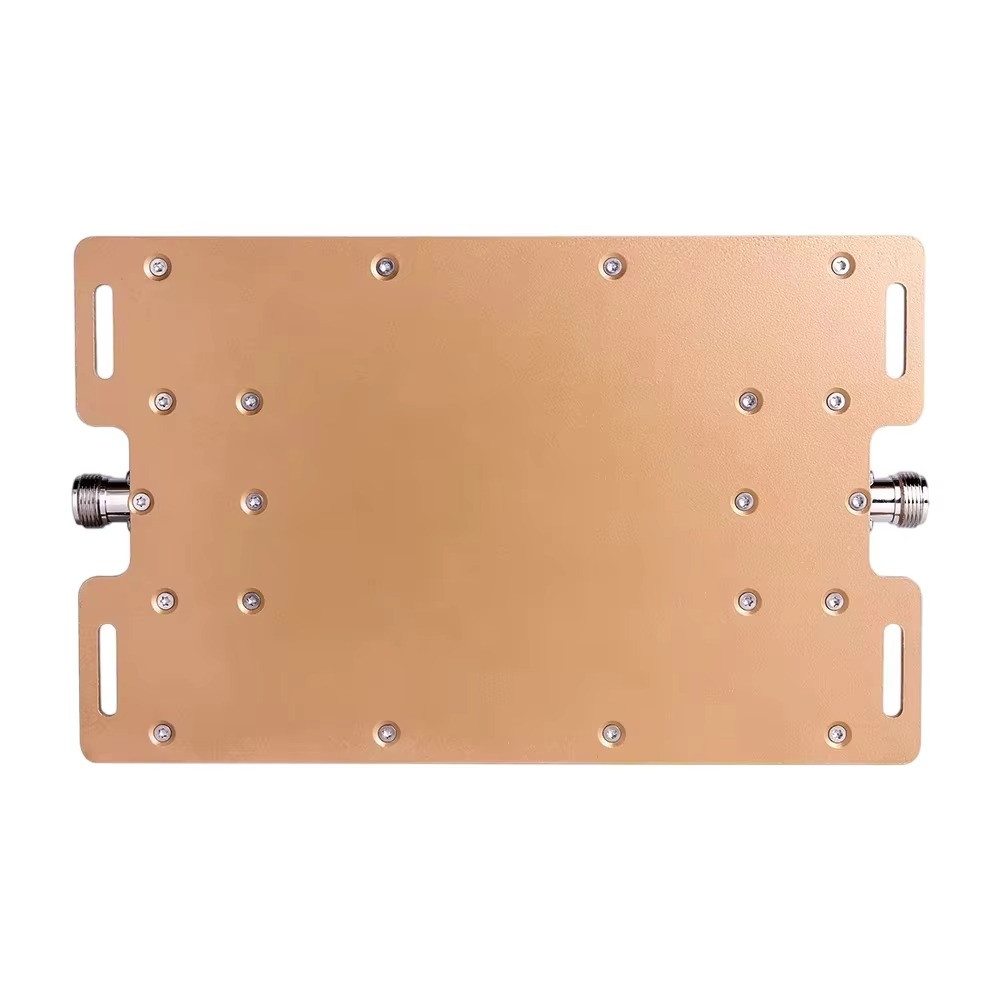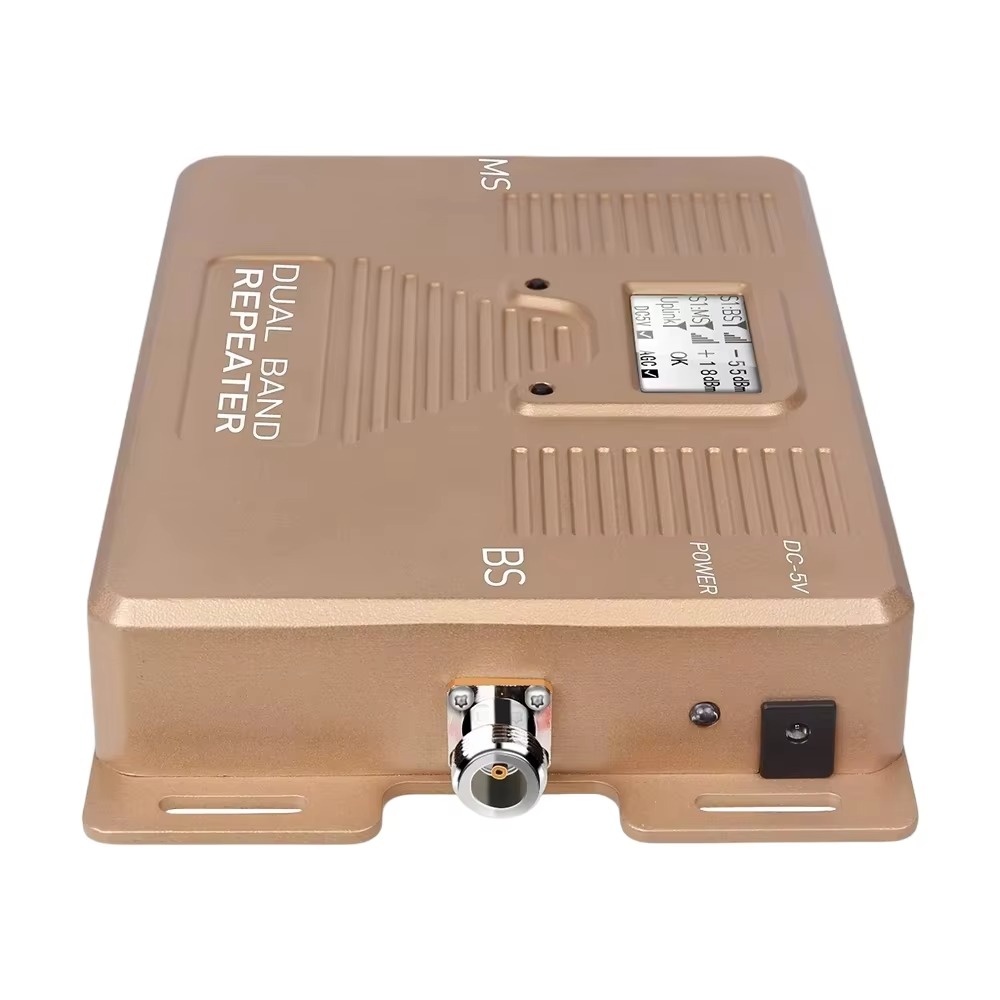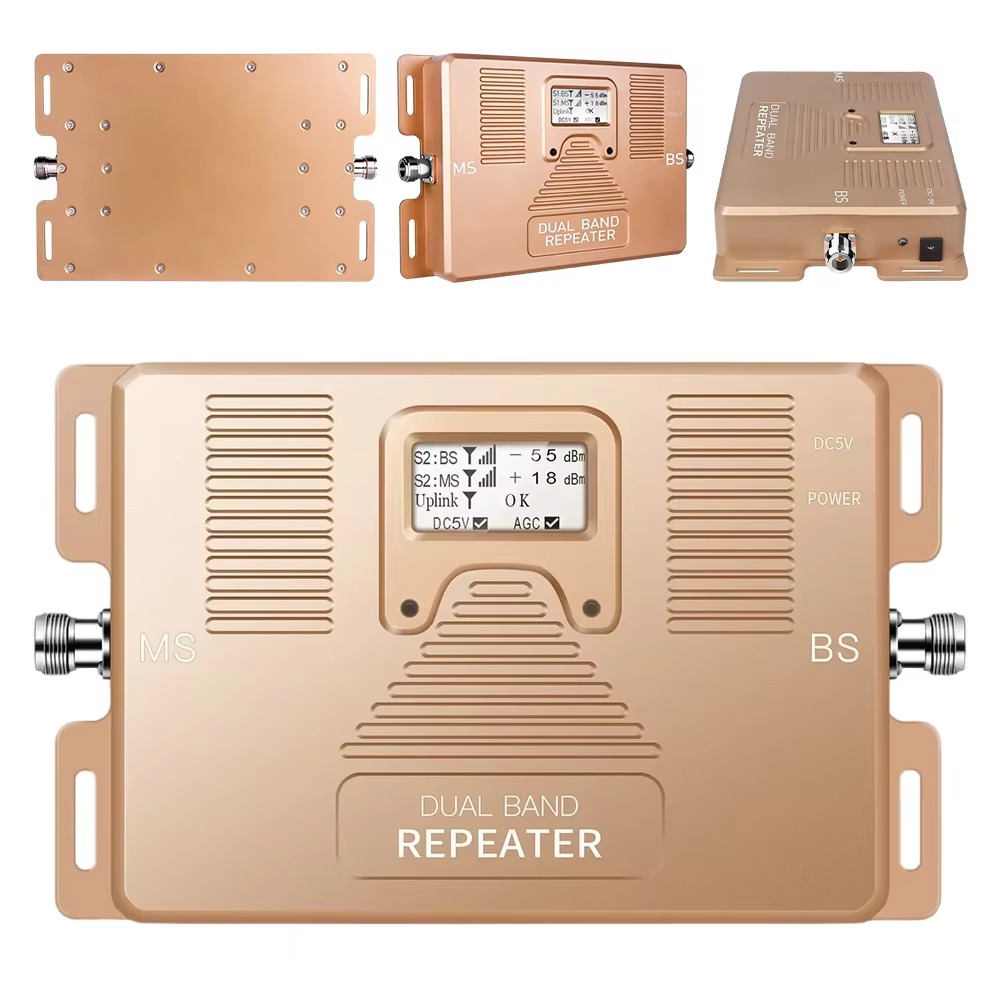The antenna’s frequency ranges are carefully selected to cover the most critical bands for navigation and communication. The GPS band (1560-1580MHz) encompasses the L1 frequency (1575.42MHz), the primary civilian band for GPS, as well as frequencies used by other GNSS constellations like BeiDou (B1: 1561.098MHz) and Galileo (E1: 1575.42MHz). This broad coverage ensures compatibility with multiple satellite systems, enhancing redundancy and ensuring reliable positioning even if one constellation is temporarily unavailable. The LTE bands (824-960MHz for low-band and 1710-2690MHz for mid-band) cover the most widely used spectrums for 4G LTE communication, enabling high-speed data transmission for features like real-time vehicle tracking, over-the-air updates, and in-car infotainment. Low-band LTE (824-960MHz) offers better coverage in rural areas and penetration through obstacles, while mid-band LTE (1710-2690MHz) provides higher data rates in urban and suburban environments. By supporting both, the antenna ensures that vehicles can maintain LTE connectivity across diverse geographic regions, from remote highways to bustling cities.
VSWR (Voltage Standing Wave Ratio) specifications—GPS ≤ 2.0 and LTE ≤ 3.5—are key indicators of the antenna’s efficiency in transferring signal power. VSWR measures the mismatch between the antenna and the connected cable/device, with lower values indicating better performance. For GPS, a VSWR of ≤ 2.0 ensures that over 90% of the signal power is transferred, critical for capturing weak satellite signals. This high efficiency is essential because GPS signals are already attenuated by the time they reach the Earth’s surface, and any additional loss could disrupt positioning. For LTE, a VSWR of ≤ 3.5 is acceptable given the higher power of LTE transmissions, ensuring that enough signal is radiated to maintain a stable connection with cell towers. While higher than the GPS VSWR, this value is still within the range that allows for reliable communication, balancing performance with the challenges of covering a broader frequency spectrum. Together, these VSWR specifications ensure that both navigation and communication functions operate efficiently, even in challenging conditions.
An impedance of 50 ohms aligns the antenna with industry standards for RF components, ensuring compatibility with most vehicle navigation systems, LTE modems, and coaxial cables. Impedance matching is critical for maximizing power transfer and minimizing signal reflection, which can cause interference and reduce performance. By adhering to the 50-ohm standard, the antenna can be easily integrated into existing vehicle architectures without the need for additional matching networks, simplifying installation and reducing costs. This compatibility is particularly valuable for fleet operators and automotive manufacturers, who can deploy the antenna across multiple vehicle models with minimal modifications, ensuring consistent performance across their product lines.
The antenna’s gain of 28 dBi for GPS (note: likely a typo, with the intended value being 28 dBi including LNA amplification) is a standout feature that enables it to amplify weak satellite signals, ensuring reliable reception even in marginal conditions. Gain measures the antenna’s ability to focus signal energy, and a high gain of 28 dBi (achieved through an integrated low-noise amplifier, LNA) ensures that even faint GPS signals are boosted to levels that can be processed by the receiver. This is particularly important for vehicle tracking systems, which need to maintain a GPS lock even when the vehicle is in a garage, under a bridge, or in a dense urban canyon. The LNA is strategically placed at the antenna to amplify the signal before it travels through the cable, minimizing the impact of cable loss. For LTE, while gain specifications are not explicitly stated, the antenna’s design ensures sufficient radiation efficiency to maintain stable connections with cell towers, supporting data rates necessary for real-time tracking and communication.
A GPS power supply voltage of 3~5V ensures compatibility with a wide range of vehicle electrical systems, from 12V car batteries (via voltage regulators) to 5V USB-powered devices. This flexibility allows the antenna to be integrated into diverse vehicle types, from passenger cars to commercial trucks, without requiring custom power solutions. The low power consumption of the integrated LNA (implied by the 3~5V range) ensures that the antenna does not significantly drain the vehicle’s battery, even when operating continuously. This is critical for fleet vehicles that may be parked for extended periods, as excessive power draw could lead to dead batteries and operational disruptions.
The RG174 twin cable (black) is a specialized component that enhances the antenna’s performance by separating the GPS and LTE signal paths. RG174 is a high-performance coaxial cable known for its low signal loss and flexibility, making it ideal for vehicle installations where cables must be routed through tight spaces. The twin design—with two separate coaxial cables within a single jacket—prevents cross-talk between the GPS and LTE signals, ensuring that each remains clear of interference. The black jacket is resistant to UV radiation and abrasion, protecting the cables from damage caused by exposure to sunlight, oil, and other automotive fluids. This durability ensures that the cable maintains its performance over the lifetime of the vehicle, reducing the need for maintenance or replacement. The length of the cable (typically customized for specific installations) balances flexibility with signal loss, ensuring that the antenna can be mounted in an optimal location (such as the roof or rear window) while connecting to the receiver in the dashboard or trunk.
The antenna’s compact dimensions of 60 * 51 * 16.6 mm make it suitable for installation in space-constrained vehicle environments. This small form factor allows it to be mounted on the roof, behind the windshield, or in the trunk without obstructing the driver’s view or affecting the vehicle’s aerodynamics. The low profile (16.6 mm thickness) minimizes wind resistance, an important consideration for fuel efficiency in commercial vehicles. Despite its small size, the antenna’s performance is not compromised, thanks to the efficient use of internal space and the integrated LNA. This compact design is particularly valuable for modern vehicles, where every inch of space is allocated to other components, ensuring that the antenna can be deployed without disrupting the vehicle’s design or functionality.
Operating and storage temperatures ranging from -20°C to +60°C ensure that the antenna can withstand the extreme conditions encountered in automotive environments. From the freezing temperatures of winter mornings to the heat of a vehicle parked in direct sunlight, the antenna’s components—including the ABS housing, brass connectors, and LNA—are designed to maintain performance. This temperature tolerance is critical for fleet vehicles that operate in diverse climates, ensuring that tracking and communication systems remain reliable regardless of the weather. The ability to store the antenna in the same temperature range also ensures that it remains functional during shipping and storage, making it suitable for global distribution and deployment.
Compliance with RoHS (Restriction of Hazardous Substances) standards underscores the antenna’s commitment to environmental responsibility and safety. RoHS restricts the use of hazardous materials such as lead, mercury, and cadmium, ensuring that the antenna is safe for both users and the environment. This compliance is particularly important for automotive applications, where components may be recycled at the end of the vehicle’s life, reducing the risk of environmental contamination. For fleet operators and manufacturers, RoHS compliance simplifies regulatory compliance in global markets, ensuring that the antenna meets strict environmental standards in regions such as the European Union, China, and North America.
-
In practical applications, the Dual Frequency GNSS Antenna excels in vehicle tracking, GNSS receivers, and LTE data transmission systems. For fleet operators, the antenna enables real-time tracking of vehicles via GPS, with LTE connectivity allowing for the transmission of location data, speed, and driver behavior to a central management system. This data is invaluable for optimizing routes, reducing fuel consumption, and ensuring driver safety. The high GPS gain ensures that even vehicles in remote areas or urban canyons remain visible on the tracking platform, while LTE connectivity ensures that data is transmitted in real time, enabling timely decision-making.
In GNSS receivers, the antenna’s dual-band support and high gain enhance positioning accuracy, making it suitable for applications such as precision agriculture (where vehicles need to follow exact paths) and autonomous driving (where centimeter-level accuracy is critical). The integration of LTE allows these receivers to access correction data from base stations, further improving accuracy and enabling features like lane-level navigation.
For LTE data transmission, the antenna supports high-speed communication, enabling in-car Wi-Fi, over-the-air software updates, and real-time diagnostics. This connectivity is essential for modern vehicles, which rely on constant communication with cloud platforms to deliver features like remote vehicle control, emergency services, and infotainment. The antenna’s ability to switch between LTE bands ensures that these services remain available even as the vehicle moves between rural and urban areas, where different bands may offer better coverage.
The antenna’s performance in challenging environments is enhanced by its design features. In urban canyons, the RHCP polarization and high GPS gain help maintain a stable position fix, while LTE’s ability to switch between bands ensures that data transmission continues. In rural areas, the low-band LTE support ensures connectivity even in remote locations, while the broad GPS frequency range leverages multiple satellite constellations for reliable positioning. For example, a delivery truck navigating a busy city can use the antenna to receive real-time traffic updates via LTE, while the GPS ensures that the driver stays on the optimal route, even when surrounded by tall buildings.
Looking to the future, as vehicles become increasingly connected and autonomous, the role of the Dual Frequency GNSS Antenna will only grow in importance. Autonomous vehicles require both precise positioning (via GNSS) and high-speed communication (via LTE or 5G) to navigate safely, and this antenna’s design positions it to support these advanced features. The transition to 5G will likely see the antenna’s LTE bands extended to cover 5G NR frequencies, ensuring ongoing compatibility with next-generation networks. Additionally, the integration of artificial intelligence in vehicle systems will rely on real-time data from both GNSS and LTE, making the antenna a critical component in the smart transportation ecosystem.




































































 Language
Language
 En
En Cn
Cn Korean
Korean

 Home >
Home > 







 18665803017 (Macro)
18665803017 (Macro)













